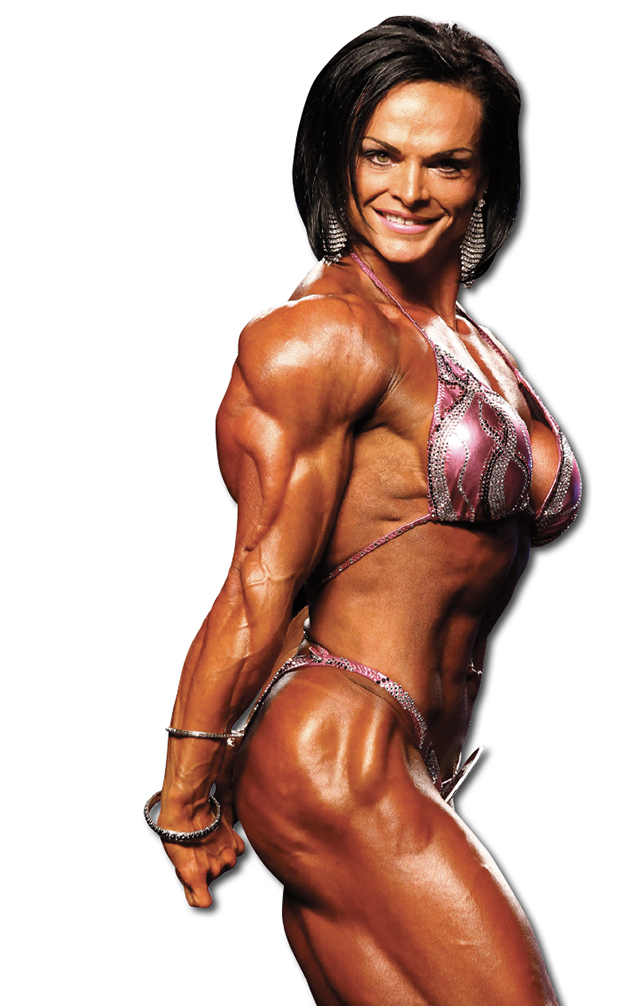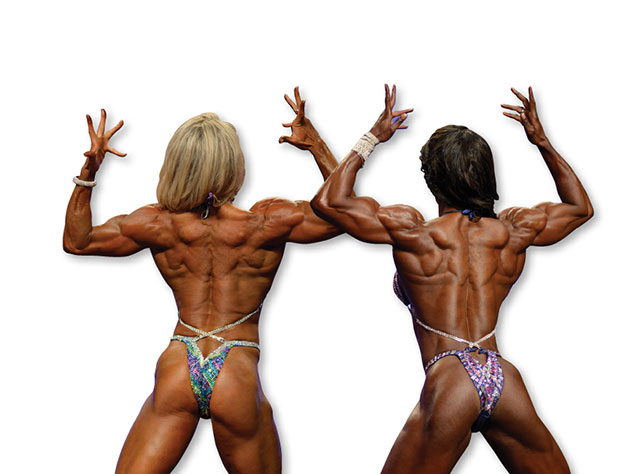Is Female Bodybuilding Dying?

“The report of my death was an exaggeration.”
Mark Twain
Author Mark Twain wasn’t dying at the time rumours of his death were being repeated. Paul McCartney wasn’t dead when fans swore they could hear “Paul is dead” embedded in the tracks of a record. Despite numerous predictions of the end of the world, we’re still here.
And bodybuilding for women isn’t dying, either—although it seems there are many who wish it were.
Why? Modern bodybuilding for women got started just over 30 years ago, which isn’t very long in historical terms. Pumping Iron author Charles Gaines called these women a “new archetype,” something never before seen in any culture, at any place, in any time. So 30 years of a new tradition after thousands of a previous one is not very long at all.
The very first female bodybuilders were acceptable to most audiences because they weren’t that big—not nearly the size of most of today’s fitness competitors—and the most famous woman who represented the sport was Rachel McLish. Most early female bodybuilders had only been training seriously a few years, and we know it takes lots of time to create a genuine bodybuilding physique. Once they had more time to develop, they started getting bigger and more muscular—which is the whole point of bodybuilding in the first place. At this point, some of the women were muscular enough that people began to object, including many who were in charge of the federations and were supposed to be looking out for the women they were responsible for promoting.

“The girls” (as IFBB president Ben Weider called them) eventually started looking like actual bodybuilders. Everybody loves kittens, but not everyone likes cats.
Female bodybuilding continued to have its ups and down all through the 1980s and 1990s. Ben Weider made it a point to try to suppress the women because he got the idea that pro female bodybuilders were preventing the International Olympic Committee from including bodybuilding in the Olympic games (an idea that now looks absurd). Weider put out several judging guidelines in an attempt to limit the development of the women. This was actually gender discrimination, although nobody ever challenged this, and it created chaos in the judging of a number of important championship competitions.
In the past few years, with fitness and figure on the scene, the judging for women bodybuilders became more fair and accurate. However, two things happened: The IFBB pro division stopped using the lightweight class they started including in 2000, a category that gave us Ms. Olympia champions such as Juliette Bergmann, Cathy LeFrançois, and Dayana Cadeau—relatively small, feminine, and very pretty. Without that category (as with the men), the bigger competitors have the advantage. So for most of nine years, the only Ms. Olympia the sport had was Iris Kyle—a great bodybuilder, but one of the least marketable and promotable women in the sport.

Ultimately, the IFBB cancelled bodybuilding at the Ms. Olympia, and the Arnold has done away with female bodybuilding as well. Whether this was justified or if it constitutes a betrayal of the women in the federation can be debated. There is no doubt this is what has given rise to the idea that female bodybuilding is dying.
But, in fact, the women bodybuilders have not gone away! Some may have tried to switch to physique (usually with no success), but the NPC still has female bodybuilders competing in contests. Go to the IFBB World Women’s Championships and you’ll see an amazing array of female muscle, including bodybuilders. That’s the contest that has given us amazing bodybuilders such as Brigita Brezovac and Alina Popa (who almost beat Iris Kyle in the Ms. Olympia). When you see female bodybuilders from Europe and all over the world coming together at this event, it is pretty hard to believe this is a dying sport.

In addition, there are several other competing federations in the US and Europe (and even Asia), all of which feature female bodybuilding. Competitive female muscle is all over the world.
Bodybuilding for women isn’t dying. It’s only dying in the IFBB pro division—which may be an important element in the world of muscle competition but hardly represents the whole picture.
To see Bill's gallery of female muscle, exclusive to Muscle Insider, click here!

